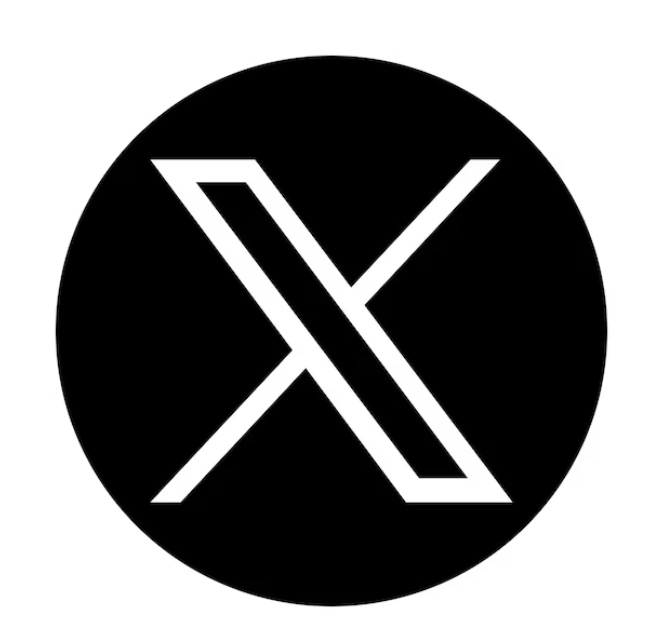“A well-crafted character often begins with a defining trait or backstory that acts as an anchor, providing a foundation for their motivations and decisions.”
——Robert McKee, Story: Substance, Structure, Style and the Principles of Screenwriting
With the development of ACGN (anime, manga, games, novels) and its peripheral industries, original character (OC for short) is becoming a popular phrase on the Internet, and more and more people are creating their own original characters. But, do you really understand how to create characters and how to make them have independent settings?
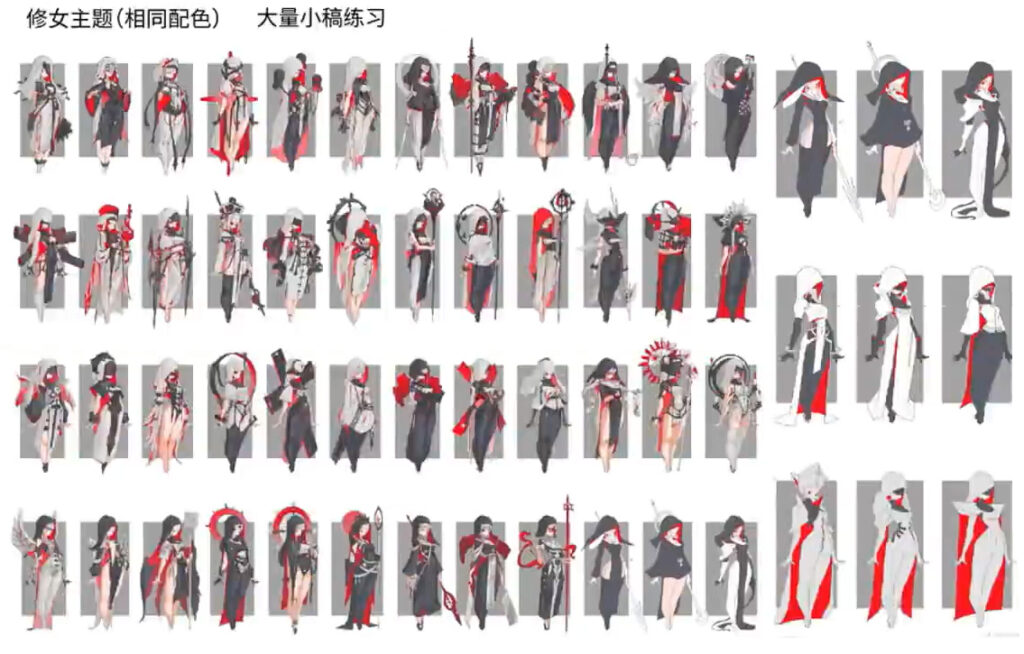
Sisters Theme Character Design, By Weibo@妖的懒猫
Ata, a UIUX designer, dreamed of becoming a word creator when she was in primary schools, and for her, telling a complete story and having it resonate is what she enjoys most.
“I think good stories need good characters, so I create characters from stories.” So says Ata, whose original characters are set in words, “Words take time to read, along with the language barrier, but the creative threshold is lower, and there’s more precision in expression.”
For Ata, the anchors of an original character are more often than not words that are outlined for the purpose of briefly describing the character in a discussion with someone else. As a text creator, she doesn’t think that you need to purposely set your character’s anchors in order to tell a good story. She even has a somewhat negative attitude towards anchors due to the anonymity that exists on internet platforms.
“Anchors that don’t stand out in the internet age, or aren’t good enough, are abused by others as scorn if anything happens to them. If you spend money and time creating OCs without the appropriate aesthetics, it will most likely turn into a nightmare.”
Love is pure, sometimes it’s happier not to think about it too much.
Contrary to Ata, Sultan, working in internet media, is positive about the presence of anchor points.
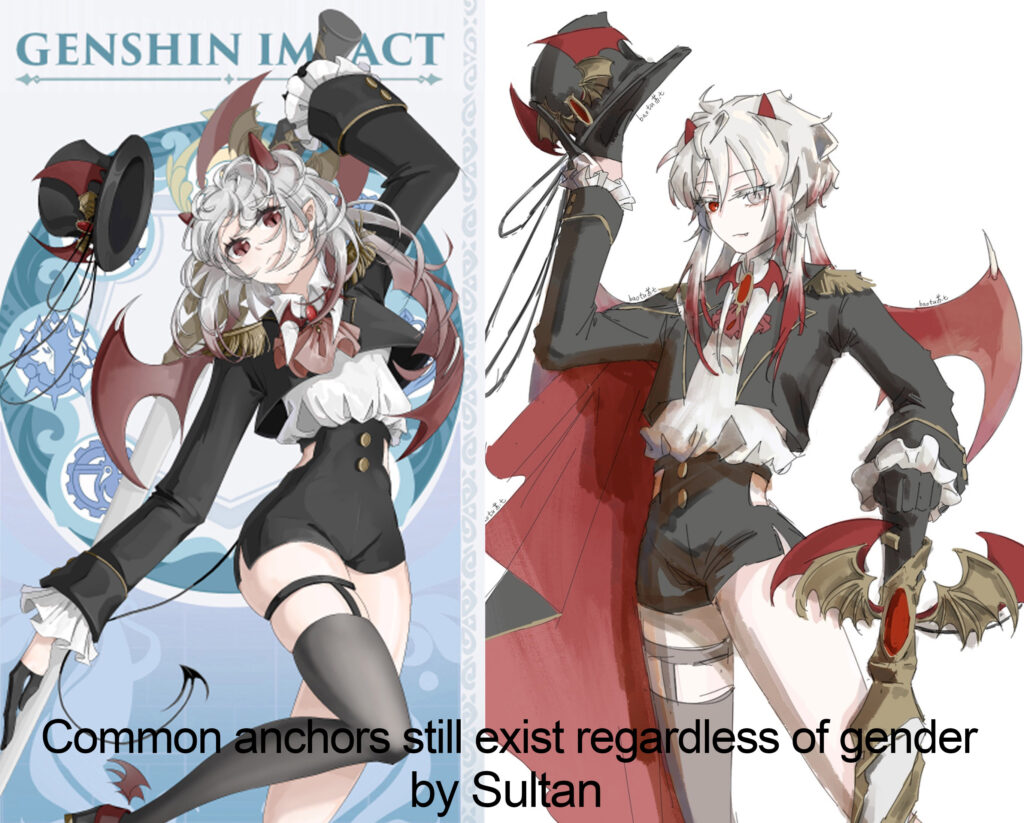
Her OC anchor point exists in the body part, and she also prefers visual impact when creating, using human body with characteristic peculiarities, bones, and five senses to highlight the features. And like the clothing part is more free, more inclined to create according to the oc’s personal dressing preference, so that it can ensure the diversity of the oc’s image while being able to tell it’s her oc at a glance.
“The more colourful and subtle the anchor point design, the more impressive it will be to the public. Keeping the anchor point can consolidate the memory and stereotype of a certain oc in the public’s human brain, which is more conducive to the oc’s spreading and hitting the popularity.”
Sultan explains thus, “Anchor points are also able to metaphorically describe the world the oc lives in, personality traits, etc., which can create an instant impression. Successful anchor points resonate with the audience and the writer more than textual descriptions.”
As a well-known expert in character design, Mou, the head of art at NetEase Games, who has been working for nearly two decades, agrees with the necessity of the existence of anchor points, but he likewise says that the means should not be taken as the goal.
“Anchor points are born to meet character differentiation and recognition, we can’t design characters just for the sake of existing anchor points.”
However, the most important thing for original characters is to create them independently. Even if you’re drawing on an existing worldview, there must be setting differences between OCs. If you use other people’s anchors when creating your character, you will be severely criticised on the internet – or even cyber-bullied – if others find out.
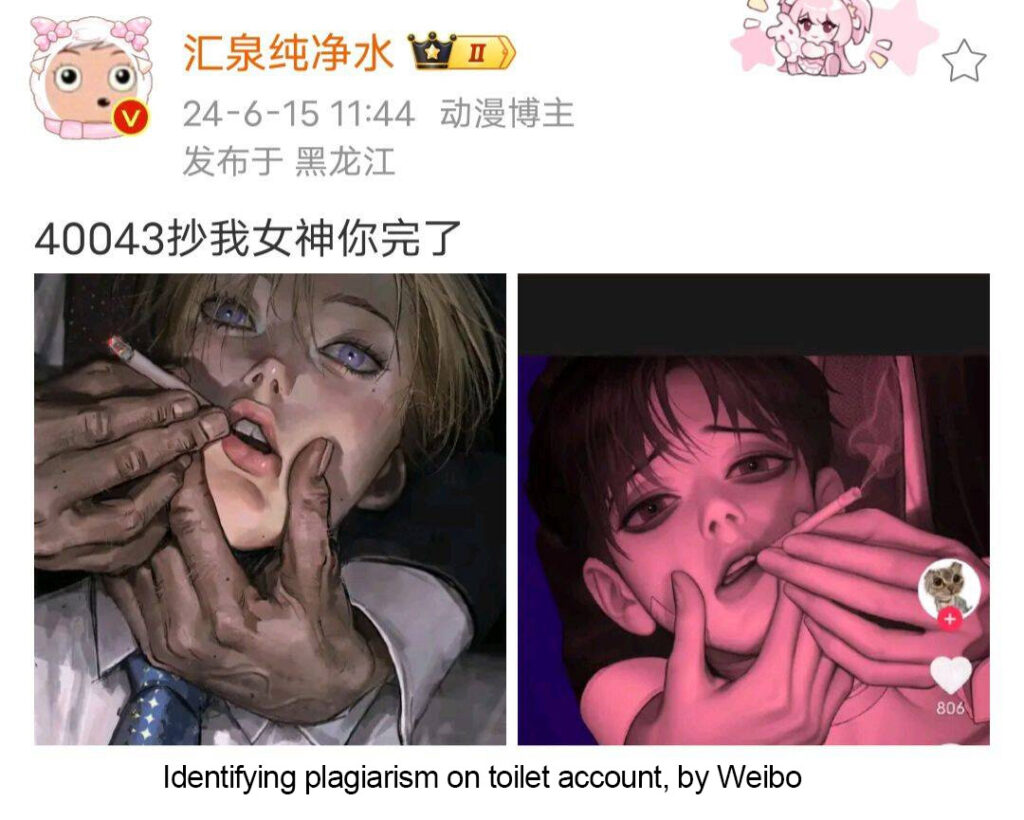
Toilet culture is an emerging Internet buzzword on the Chinese Internet that evolved from the original anonymous trolling accounts. These accounts do not censor content and anonymously post all contributions received by the account, which are often used by users to vent their negative emotions without any boundaries, hence the name “toilet”.
In order to prevent negative content from being searched by outsiders, toilet accounts often have their own system of language, with users using other words to refer to things within the circle. They wrap malice in seemingly cute phrases and gain recognition through violence and abuse.
In this kind of insidious violence, logic and thinking are gradually failing.
Aleksandra was a victim of cyberbullying when an original Genshin character she designed was posted on a toilet account, and it was only because she chose the same belt for her character’s anchor point as the character Raiden Shougun in Genshin.
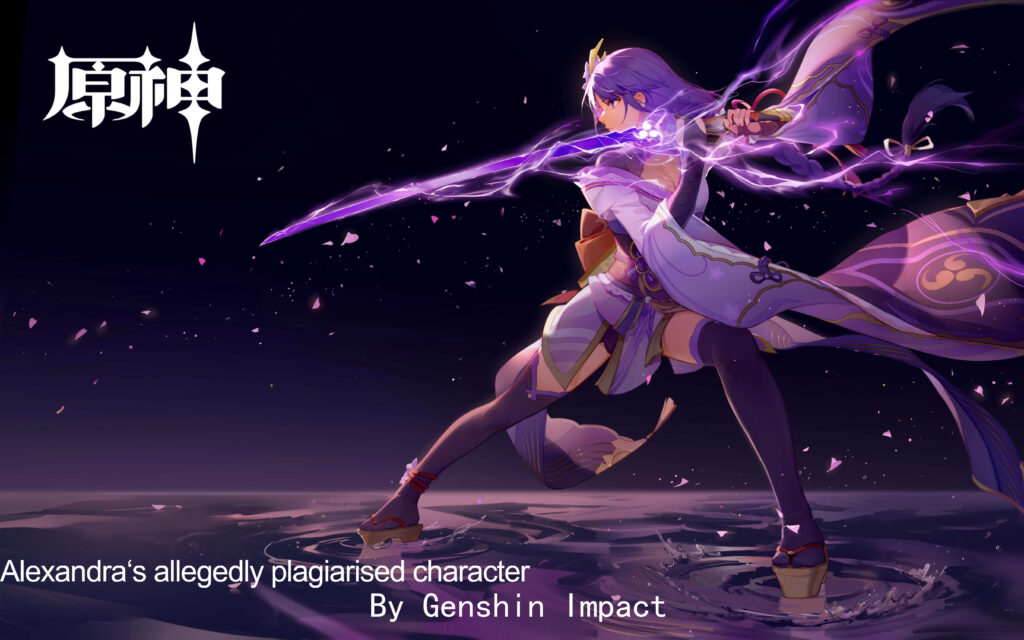
“After learning that my OC was abused by many people, I was very upset. I couldn’t figure out why I would be accused of plagiarism for just a belt with the same style.” Alexandra revealed to me that she even had some very bad thoughts during those days, “If it wasn’t for my friends consoling me and helping me explain, I might have done something irrational.”
It is not a minority of such things. With the growth of toilet culture, what started as an attempt to secure the originality of OC anchors and OC copyrights has completely turned into group cyber violence.
Aleksandra stated, “I moved on, these people were just venting, and I know I didn’t do anything wrong. Now I just hope there are no more toilet accounts like this, they make other people think the OC community is full of negativity.”
This website is part of a student project. While the information on this website has been verified to the best of our abilities, we cannot guarantee that there are no mistakes or errors.
The material on this site is given for general information only and does not constitute professional advice.
The views expressed through this site are those of the individual contributors and not those of the website owner. We are not responsible for the content of external sites.

